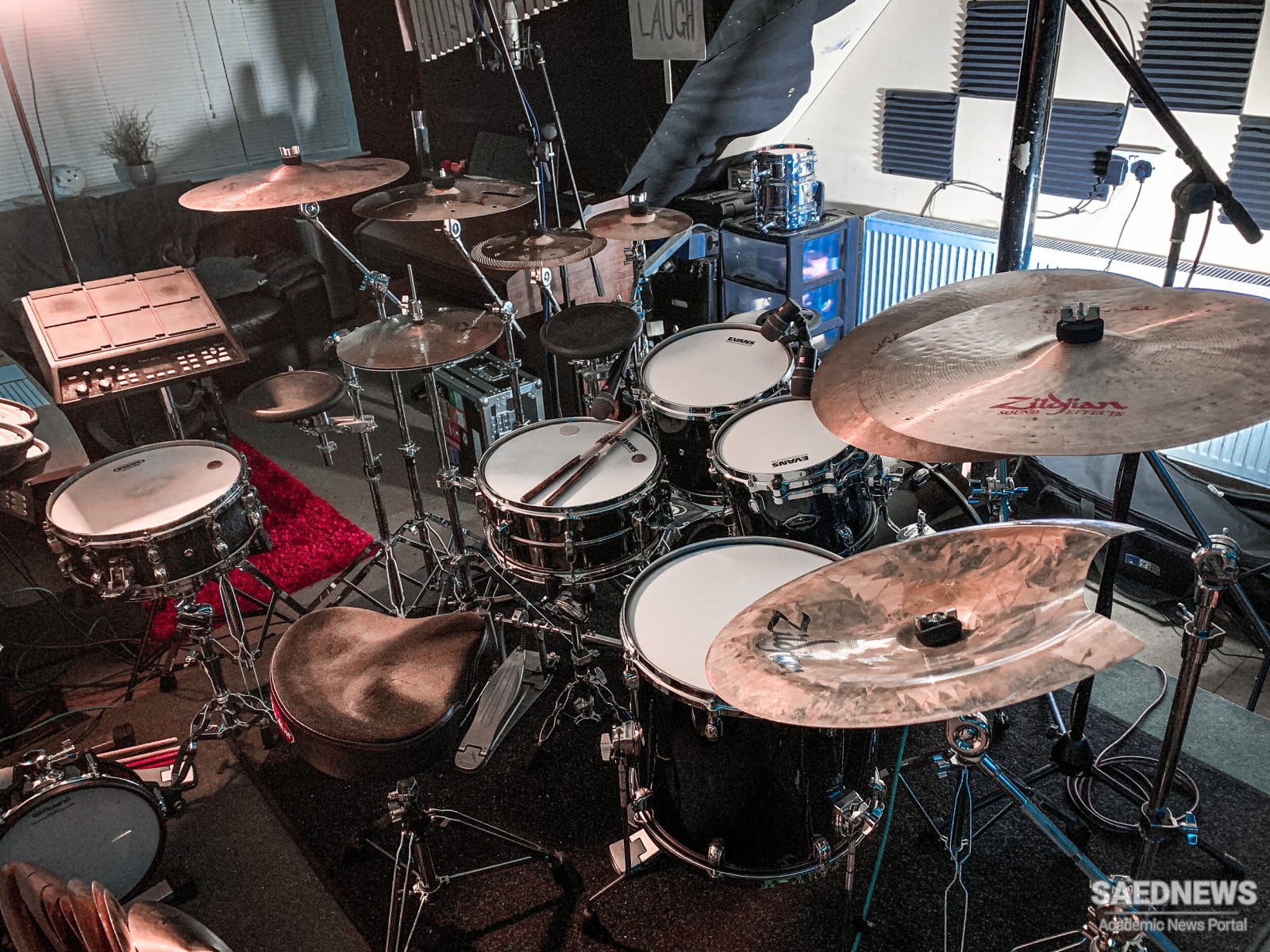Neither form was properly Egyptian. No art work figures them, and the specimens preserved came from Christian tombs. The best castanets were Greek; many Hellenic vases depict them in the hands of Dyonisian dancers. The chestnut castanet may have been Phoenician, since it was, and still is, used by dancers of Andalusia, the Balearic Islands and southern Italy, all of which were formerly Phoenician colonies.
Cymbals must also have been imported from Greece, as the Coptic translation of the Bible had no native word to designate them and was forced to adopt the Greek word kýmbala. Egyptian cymbals had a wide, flat brim and a large, flat boss in the middle which served as a resonance-chamber. They were probably held upright and struck violently together by a horizontal movement of the player’s hands. So they may have corresponded to the Hebrew.
But it is also possible that they are remnants of cymbals on clappers. These strange implements, which are depicted on art works and several specimens of which have been preserved, are a combination of cymbals and a bamboo clapper. In Burma simple clappers still exist along with the improved cymbals on clappers. A piece of bamboo is slit down the middle except for a short section serving as a handle; when shaken, the two halves slap against each other with a sharp click. The click is replaced by a tinkle, if a small cymbal is fastened inside of each half. The Egyptian instruments of the late Coptic epoch were identical with these Burmese cymbals on clappers.
This picture of the instrumental development in one country during three thousand years is typical enough. A native origin can be attributed at most to two instruments out of twenty-six—the sistrum and the clarinet. And of these two the sistrum can be traced back to primitive prototypes. The rest have been adopted as the result of various Asiatic influences. About the year 1000 B.C. not one of the instruments of the Old and Middle Kingdoms has survived in the scenes of musical life that painters and sculptors depict. Again the established tradition has been lost in the press of foreign influences, the same tradition whose inspiration two thousand years before had come from foreign importation. The Greek and Roman, Indian and Chinese chapters will reveal the same process; the majority of the instruments have been borrowed from abroad. It is a feature of a high civilization that it is receptive to foreign ideas and implements of all kinds, and vital enough to assimilate them.


 The Angular Harp
The Angular Harp














































